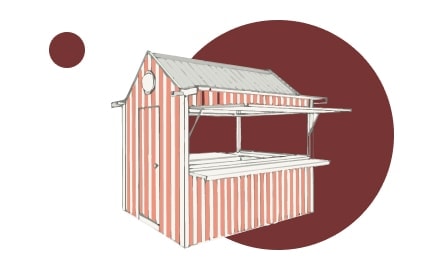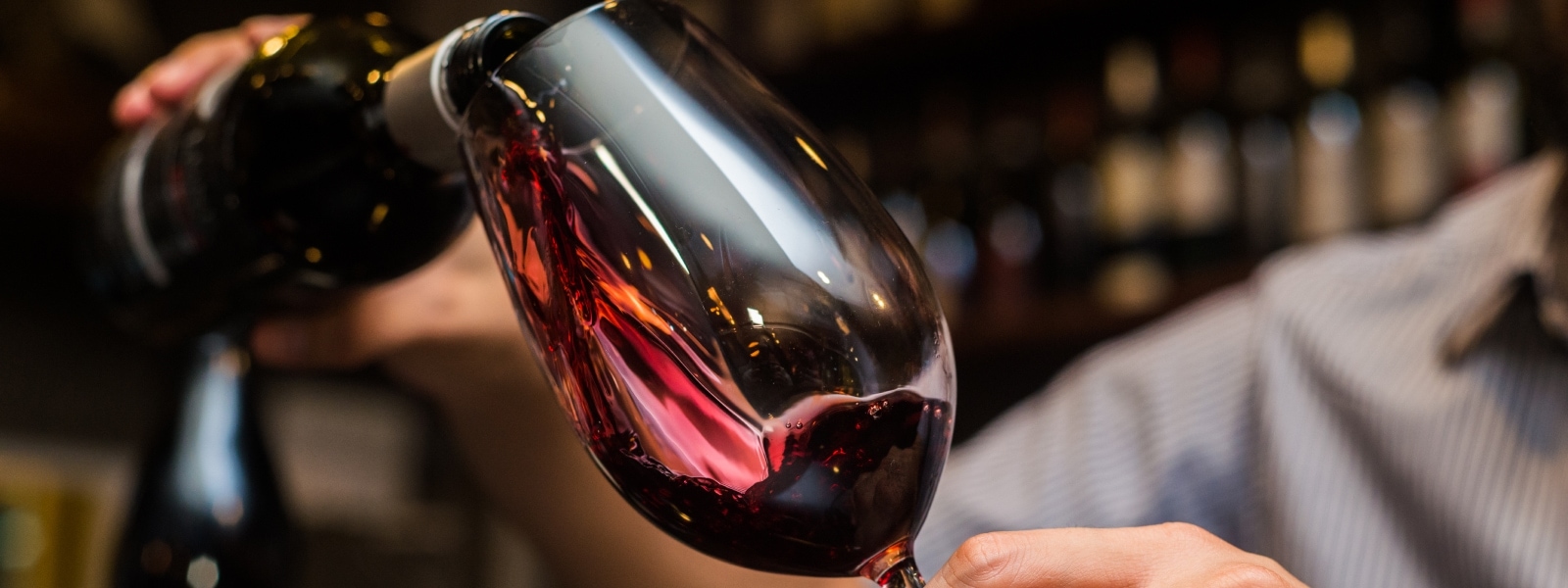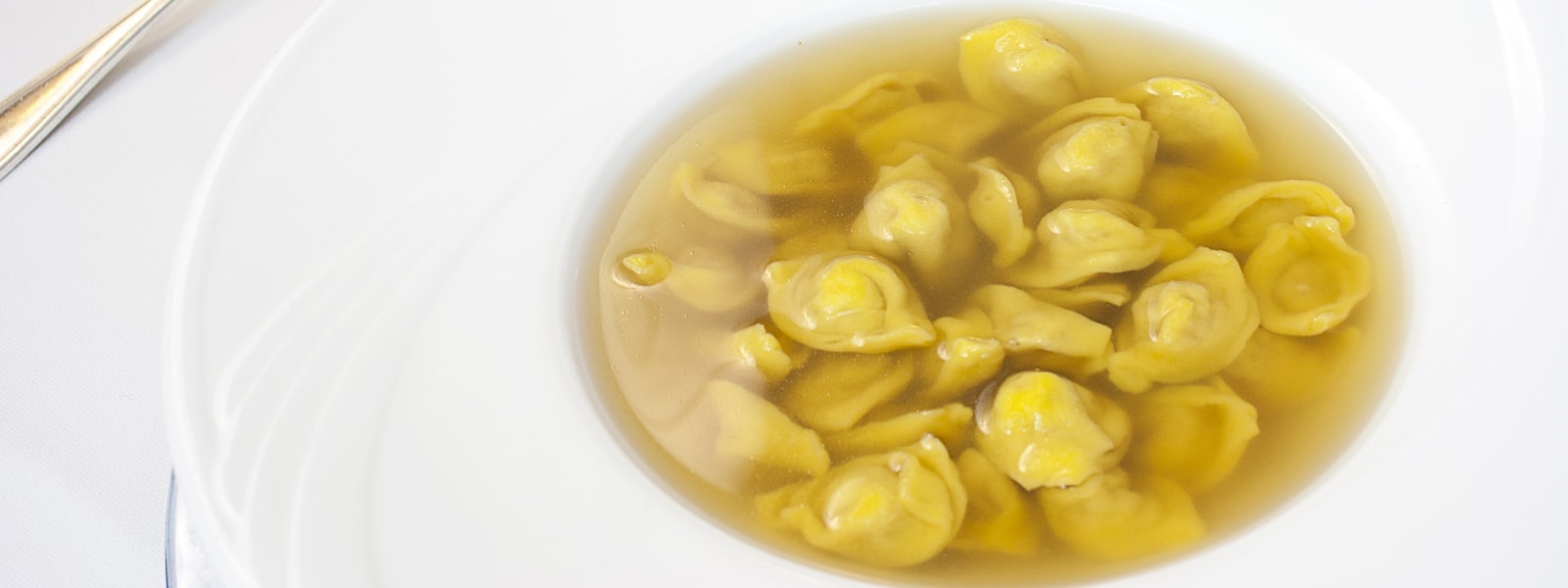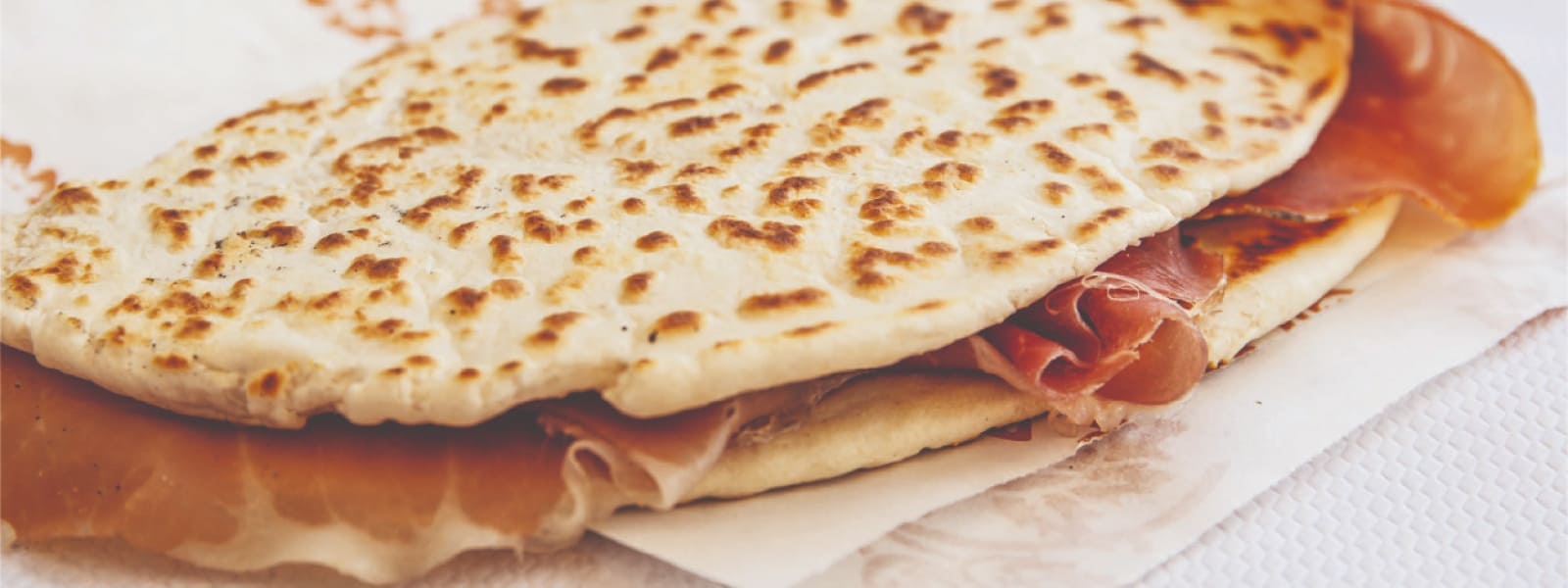
Romagna piadina
Scented, fragrant and appreciated by everyone, if you are about to bite into your stuffed piadina you must know that you have a piece of history of the people of Romagna in your hands. The piida, as they call it here, is simple, easy to combine with any dish and generous, just like the Romagna people.
It has ancient origins and was even praised by Giovanni Pascoli in the poem entitled “La Piada”, published in “Vita Internazionale ” in 1900.
In Romagna, the piadina is a very serious matter and at the beginning of the twentieth century, even five-year-old girls learned to roll it with a rolling pin and cook it on the typical Montetiffi trays. In fact, even today it is a pastime loved by the little ones, usually with help from their grandparents to get their hands in the dough!
The typical piadina kiosk
Do you want to know an interesting fact about Romagna piadina? Until the 1960s it was mostly eaten in trattorias, where the azdore rolled it vigorously and then cooked it over the fire.
At a certain point, however, the piadina “came out into the open”: in the busiest spots the kiosks (in the lovely shape of a cabin with a striped awning) took hold, where the piadinas were stuffed and sold to locals and tourists alike, conquering everyone with their flavour. And in this way becoming known all around the world!
If you are wondering where to eat the best piadina in the kiosks of Cesenatico, here are some addresses: “I vagabondi” in Viale Torino; “Chiosco da Rina” on the corner of Viale Roma and Viale Abba; “Fuorionda” in Viale Cavour. To enjoy excellent gourmet piadina, try “QuintoQuarto” on the Leonardo’s Canal Port.
Piadina recipe
Do you want to make your own Romagna piadina at home? Here is the original recipe. Note the ingredients, the process … and don’t forget to accompany it with a glass of Sangiovese!
- 1 kg of flour
- 4 g of bicarbonate of soda
- 100-200 g of lard
- a pinch of salt, water or milk
Mix all the ingredients together and add a little water to make a firm dough. You can also use milk or dry white wine.
Roll out the dough on the cutting board using a rolling pin until it forms a thin disc, remembering to sprinkle it with flour every now and then to prevent it from sticking.
Now the moment has come for cooking on the testo (or pan), which must be very well heated, to ensure that the piadina cooks quickly. You will see bubbles form on the surface, which you need to pierce using a fork. Use a long-bladed knife to turn the piadina and cook it on both sides.
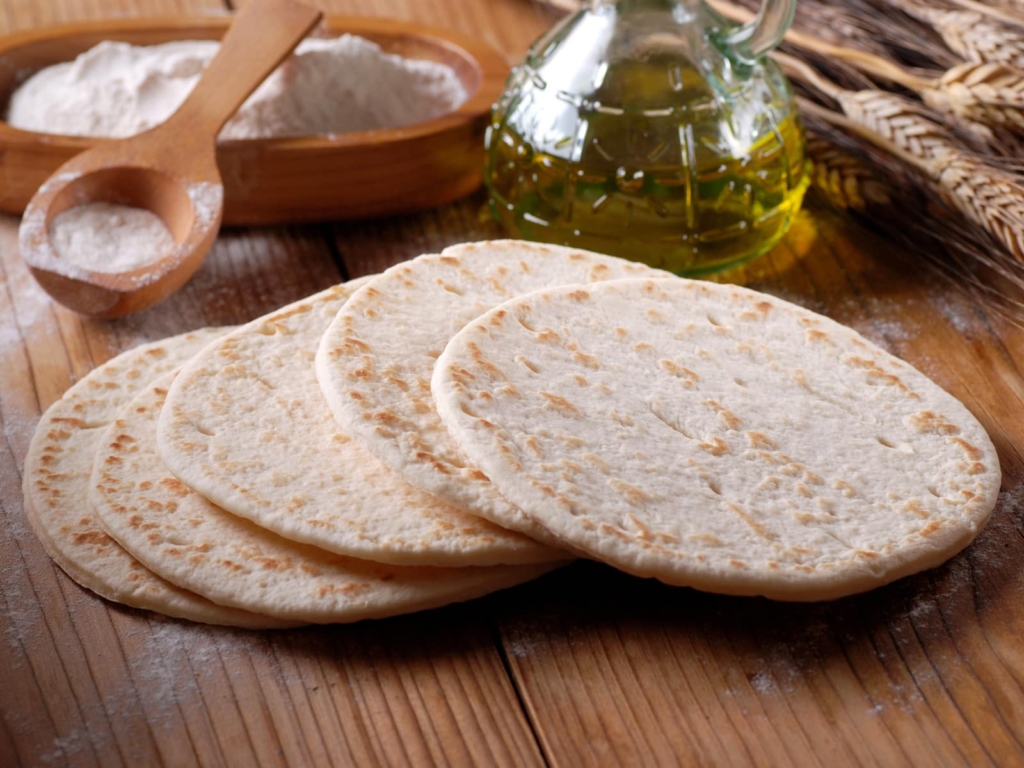
 Nove Colli
Nove Colli Spartan Race
Spartan Race Challenge Cesenatico
Challenge Cesenatico
